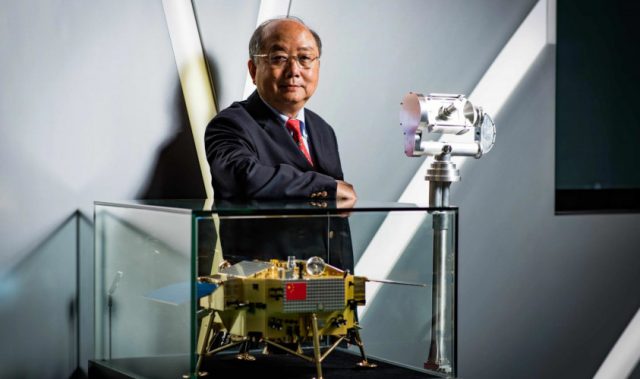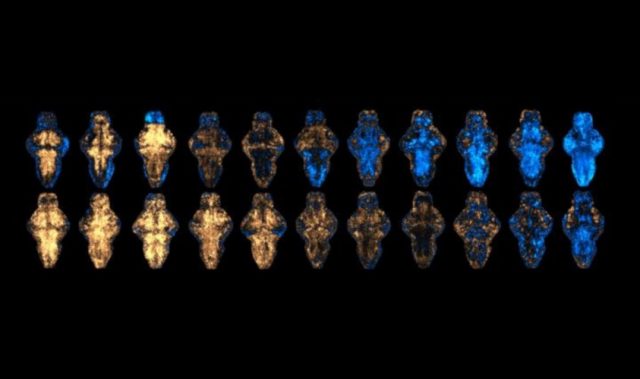
AsianScientist (Jan. 17, 2018) – Commercially valuable mushrooms can be authenticated in just under ten minutes using a method developed in Hong Kong, according to a study published in Analytica Chimica Acta this month.
Ganoderma (lingzhi) and Gastrodiae rhizoma (tianma) are two species of mushrooms commonly used in traditional Chinese medicine. Due to their popularity and commercial value, they are often counterfeited or adulterated with other substances. In addition, wild mushrooms are highly sought after for their high content of major active components, while mushrooms originating from different geographical locations can vary in quality.
Currently, fingerprint chromatography is used to authenticate and differentiate the two species by providing a comprehensive chemical composition profile of samples. However, it is labor-intensive and time-consuming, as the sample preparation and separation process takes several hours for each sample.
A team led by Dr. Yao Zhong-Ping at the Food Safety and Technology Research Centre of The Hong Kong Polytechnic University (PolyU) has developed a new method to rapidly authenticate Chinese herbal medicines. Using a technique called direct ionization mass spectrometry (DI-MS), in which a high voltage is applied directly onto a sample to generate a mass spectra, the researchers were able to detect the major active components of lingzhi (ganoderic acids) and tianma (gastrodin, parishin B, parishin C and parishin) within minutes.
The new method requires around ten minutes for one raw sample to be analyzed, and the presence of major active components in the DI-MS spectra authenticates genuine samples from counterfeit ones.
By using a dataset analytic tool called principal component analysis, the researchers can also classify mushrooms by whether they are wild or cultivated, as well as by geographic origin. This method can be applied to other herbal medicines such as heshouwu and wuweizi, the researchers said.
The article can be found at: Wong et al. (2018) Rapid Differentiation of Ganoderma Species by Direct Ionization Mass Spectrometry.
———
Source: Hong Kong Polytechnic University; Photo: Shutterstock.
Disclaimer: This article does not necessarily reflect the views of AsianScientist or its staff.












